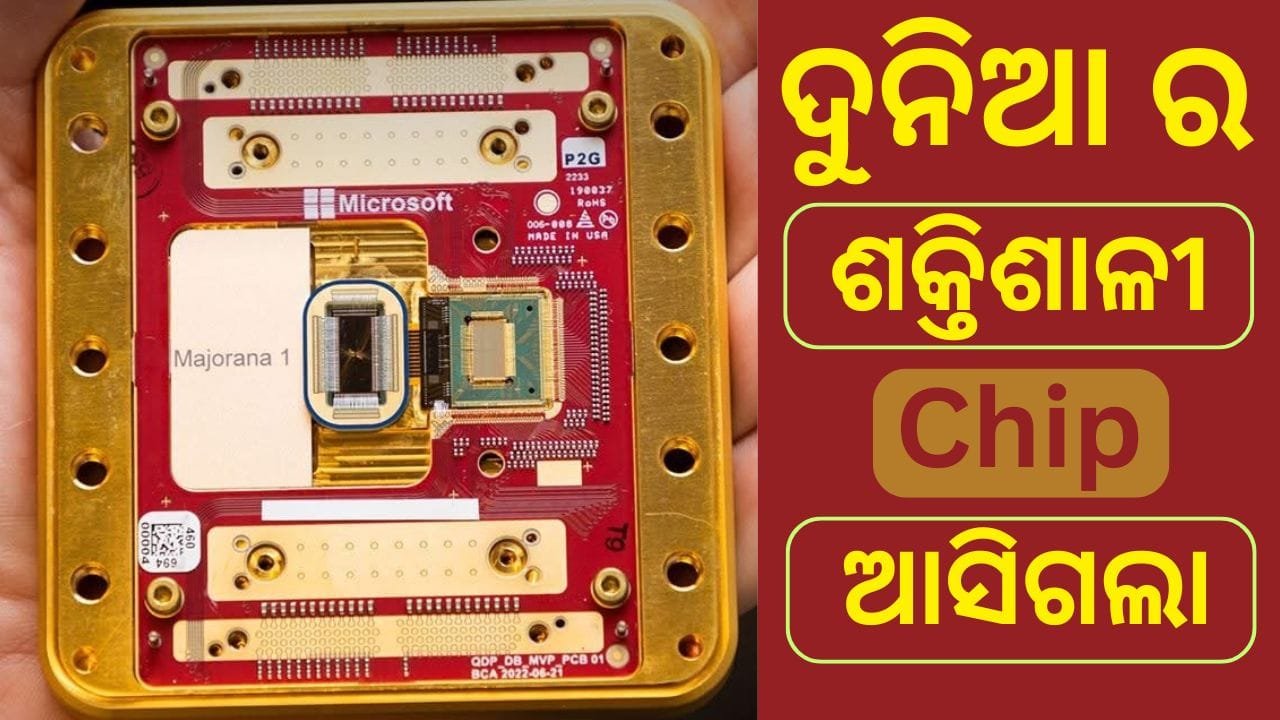Microsoft Unveils Majorana 1: A Quantum Leap in Computing with Topological Qubits
Revolutionizing the Future of Technology Through Majorana Fermions
Introduction
In a groundbreaking announcement, Microsoft has revealed its first quantum computing chip, the Majorana 1, marking a pivotal moment in the race toward scalable, fault-tolerant quantum systems. Named after the enigmatic Majorana fermion—a particle theorized in 1937—this chip leverages exotic physics to tackle one of quantum computing’s biggest hurdles: error rates. By harnessing topological qubits, Microsoft aims to redefine the trajectory of quantum technology, positioning itself as a leader in a field dominated by IBM, Google, and Honeywell.
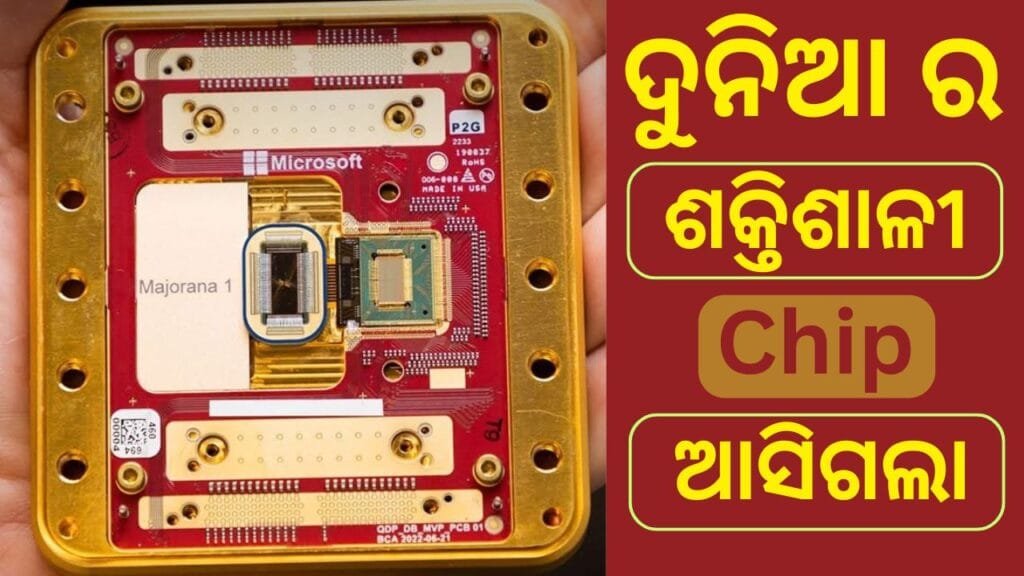
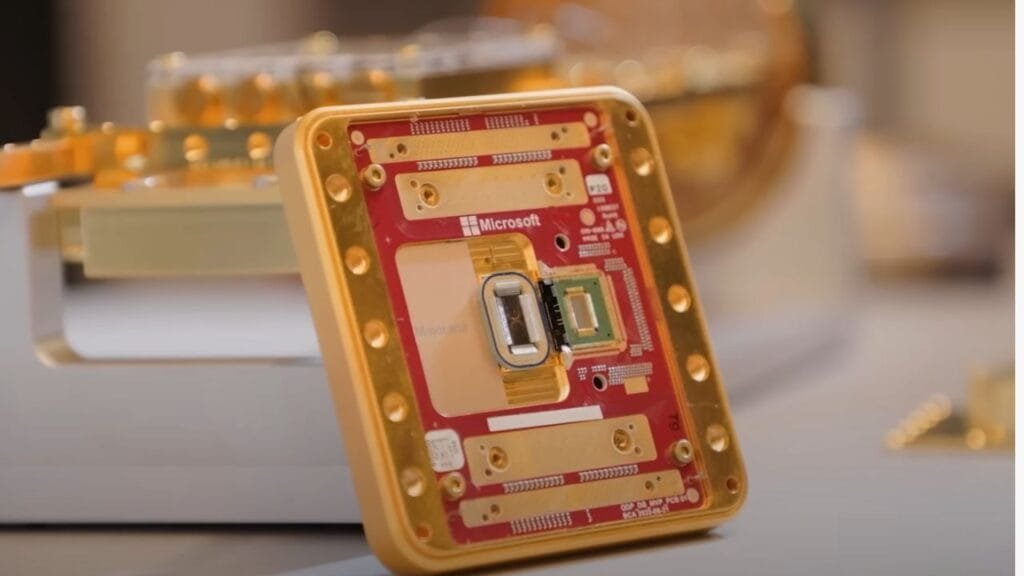
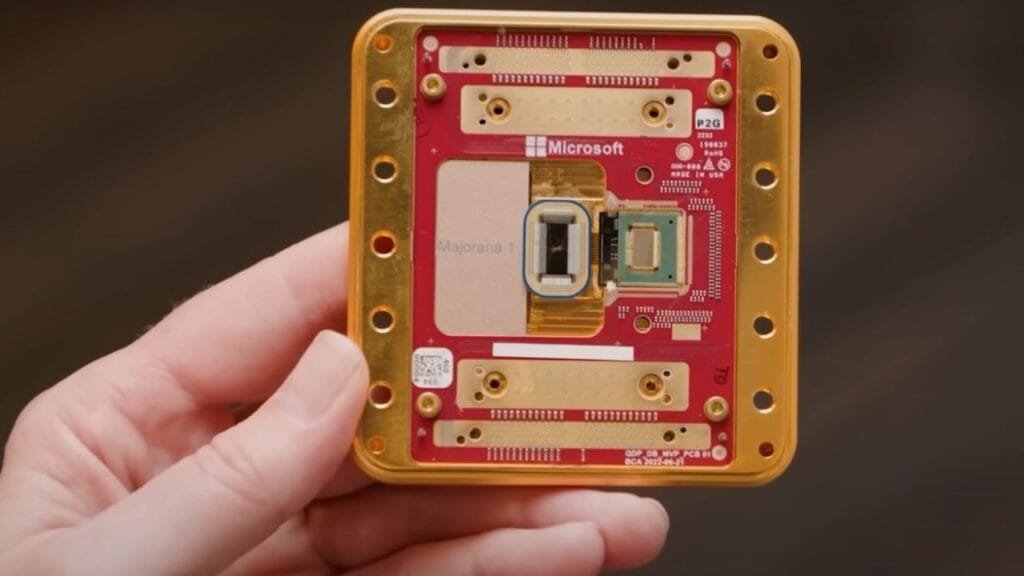
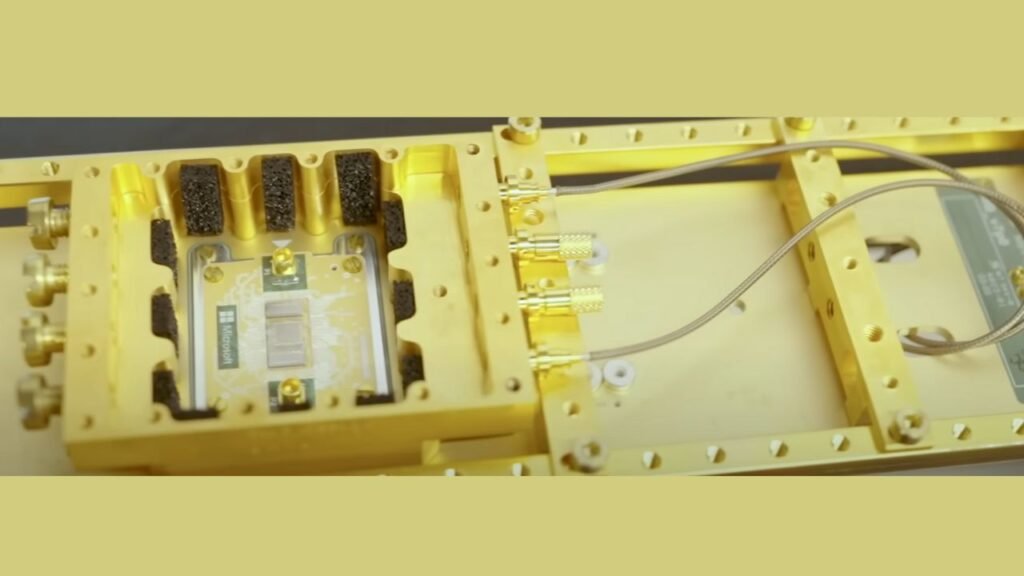
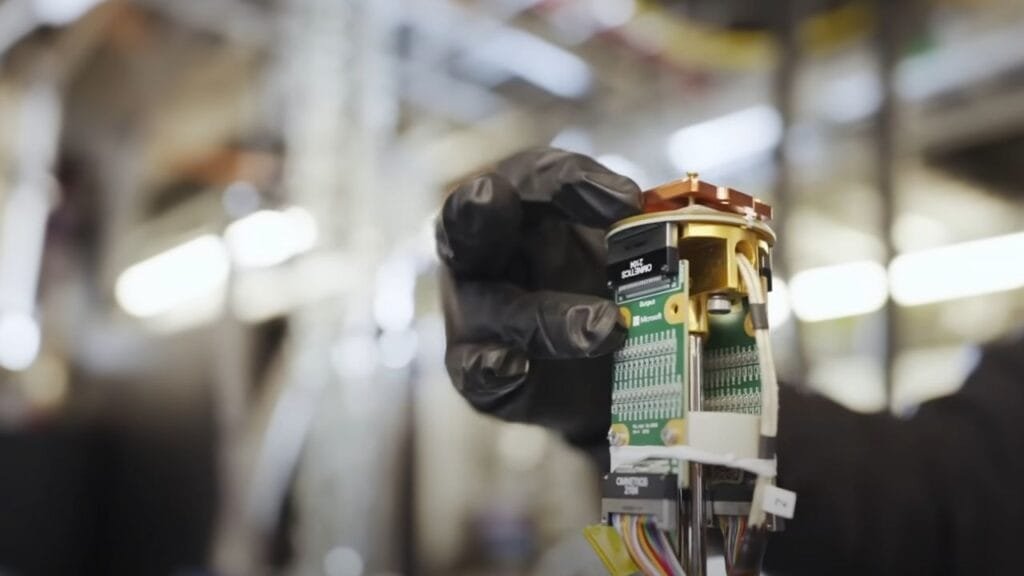
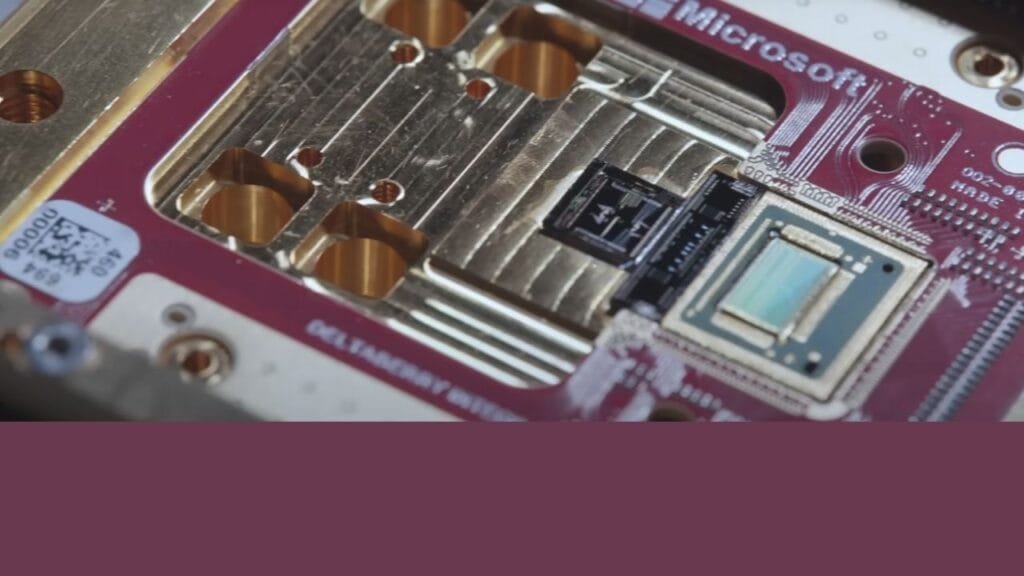
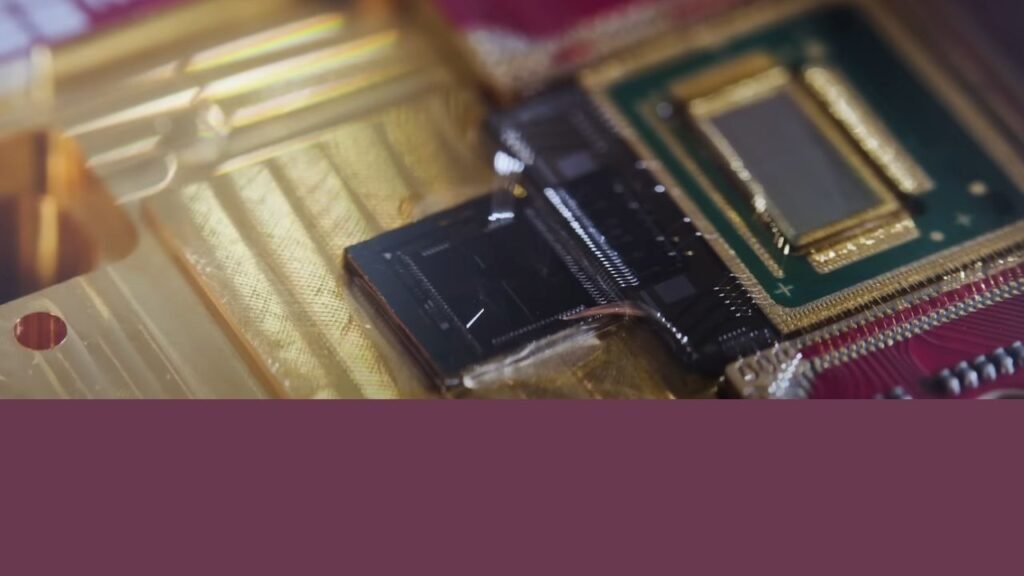
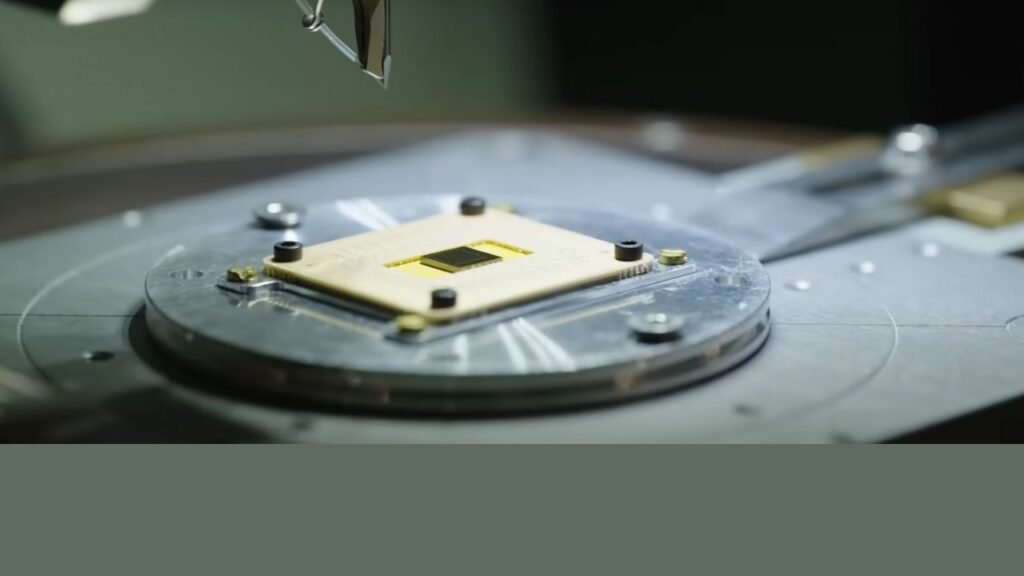
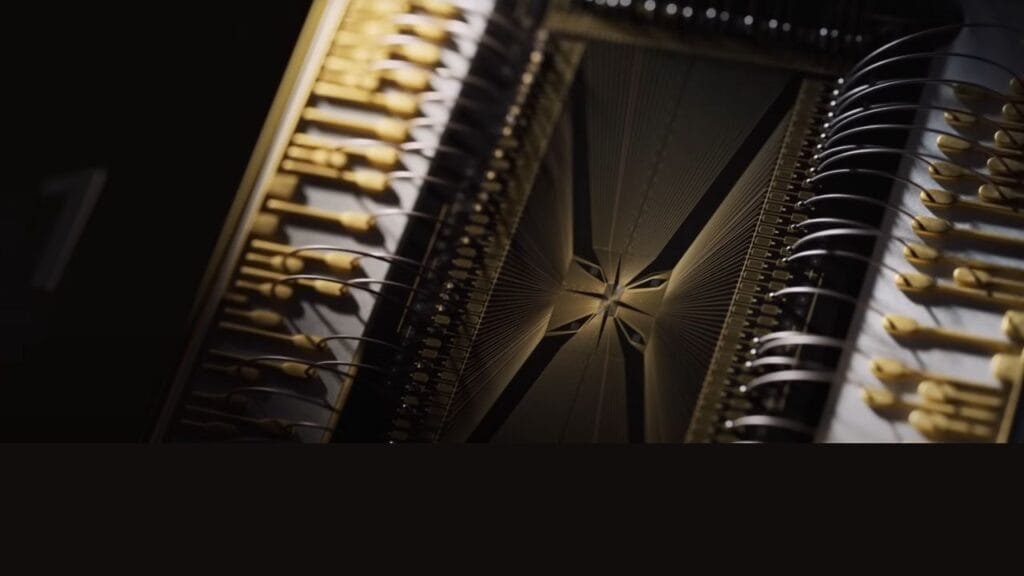
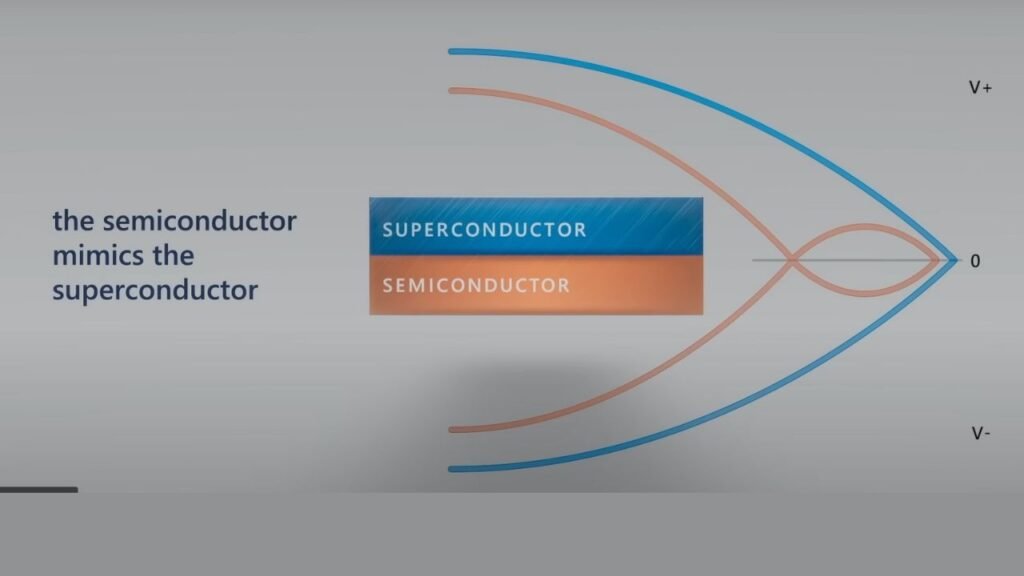

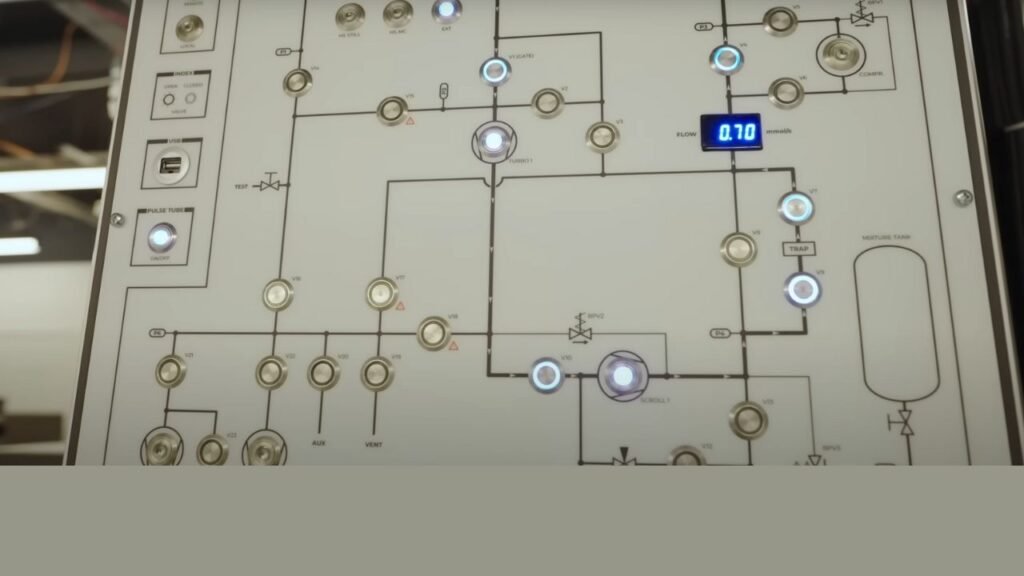
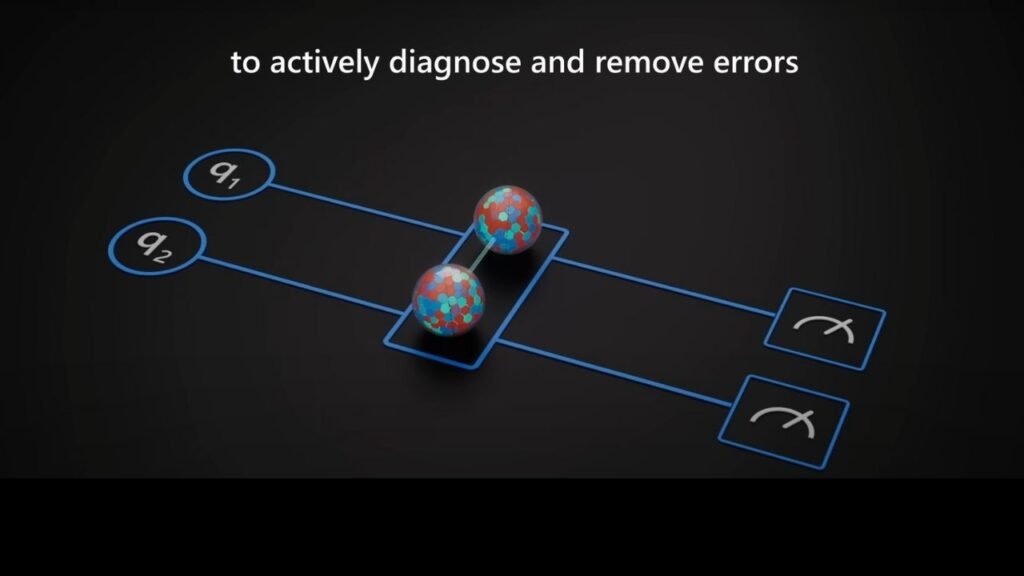
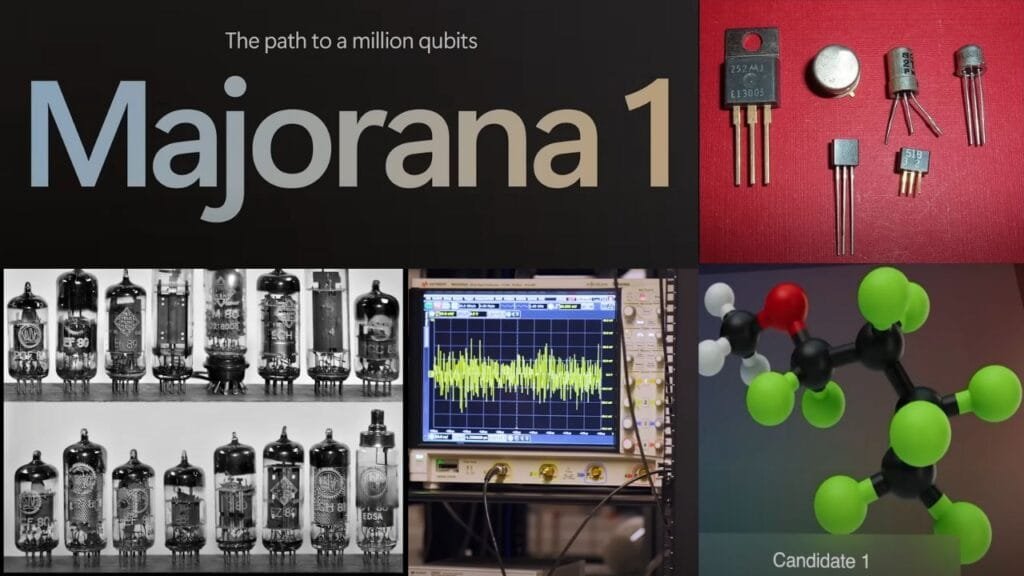
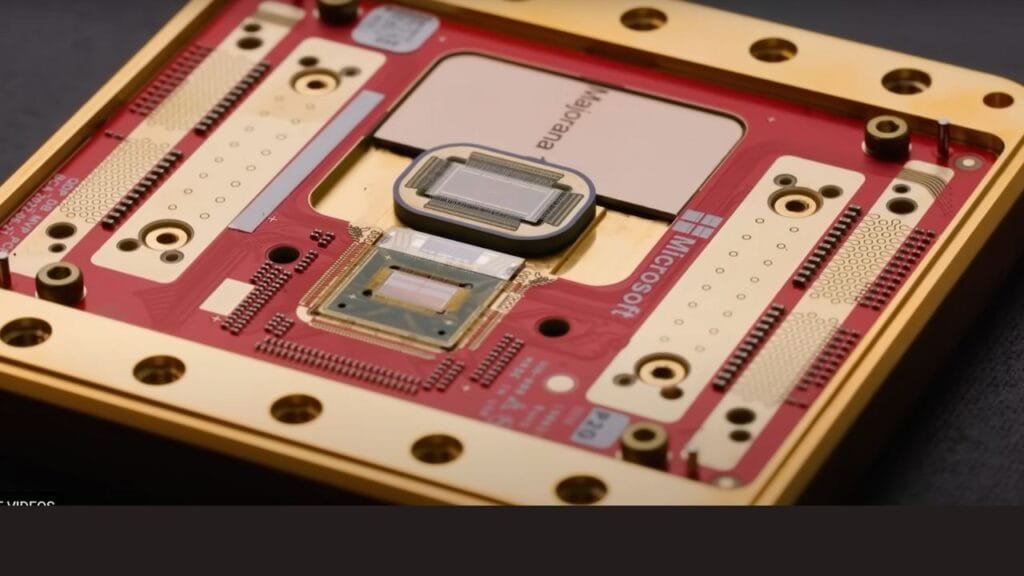
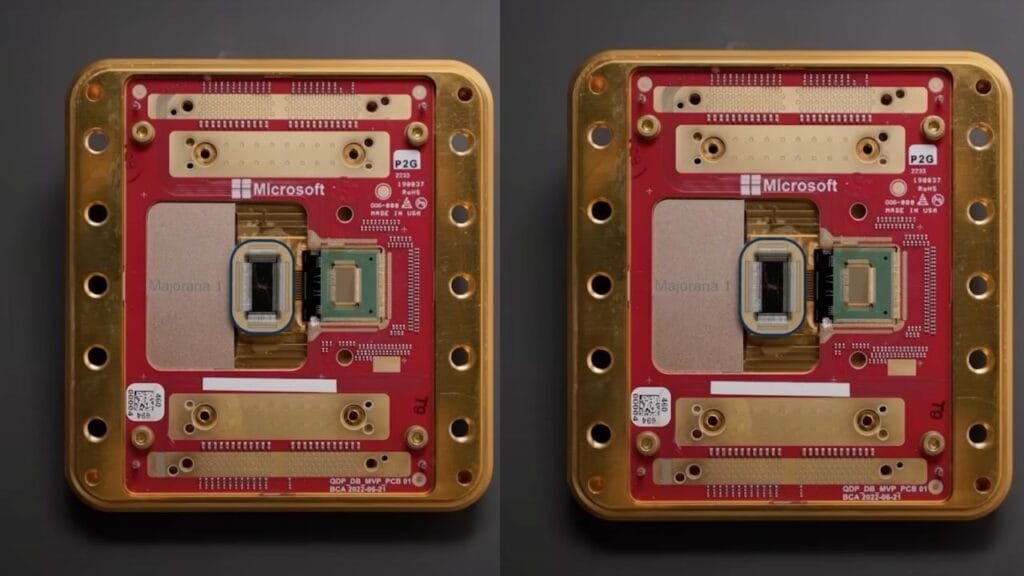
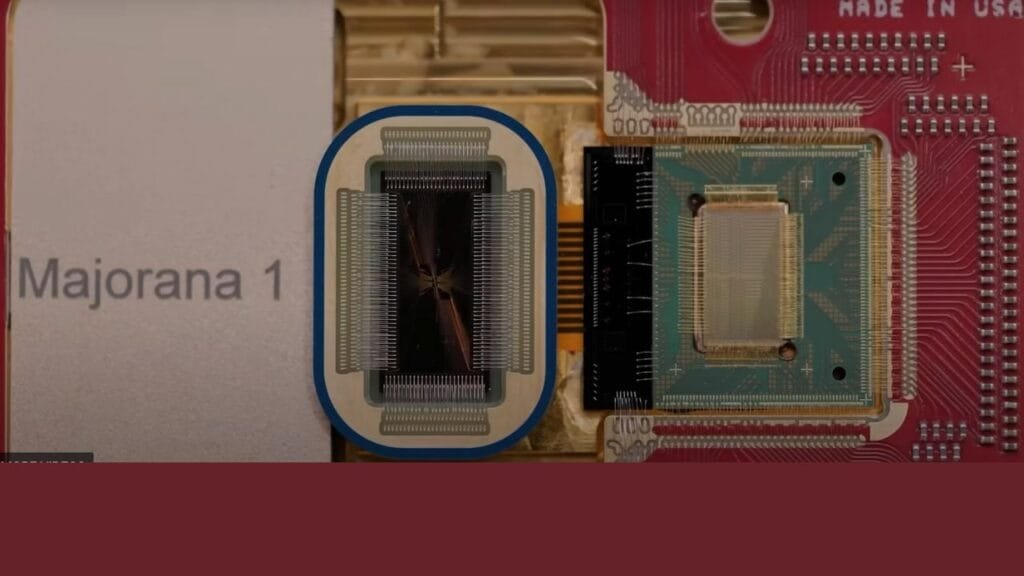
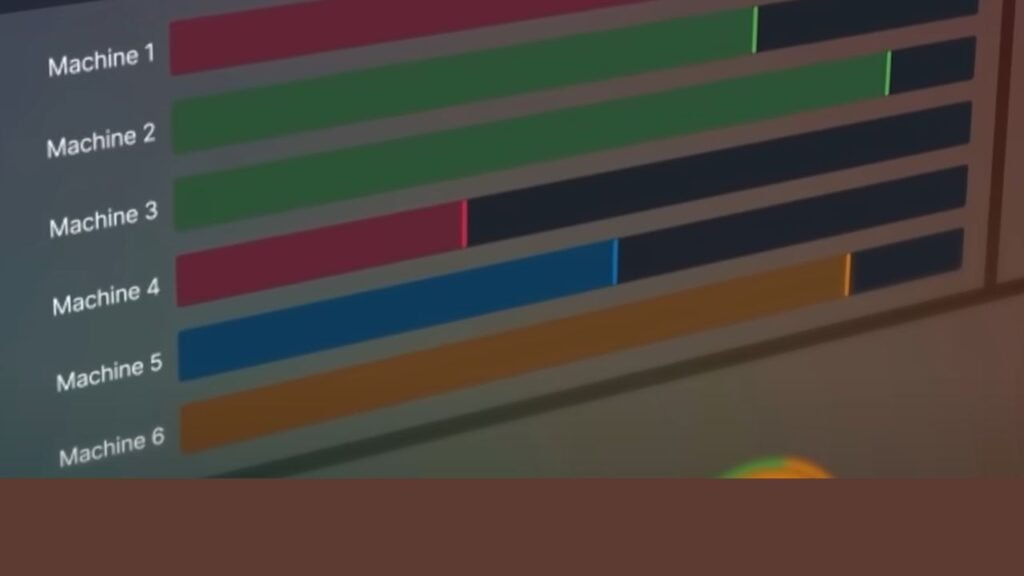
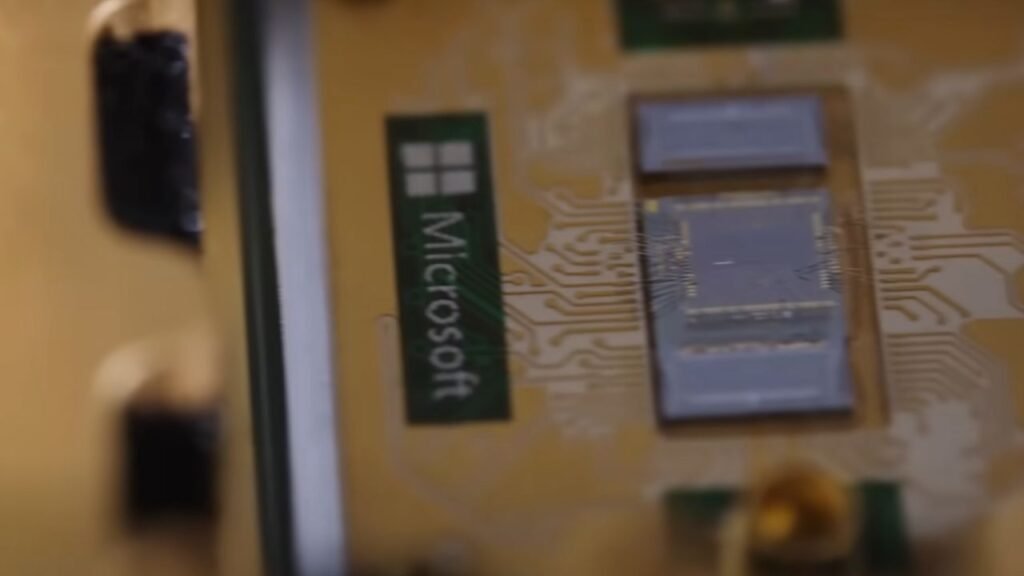
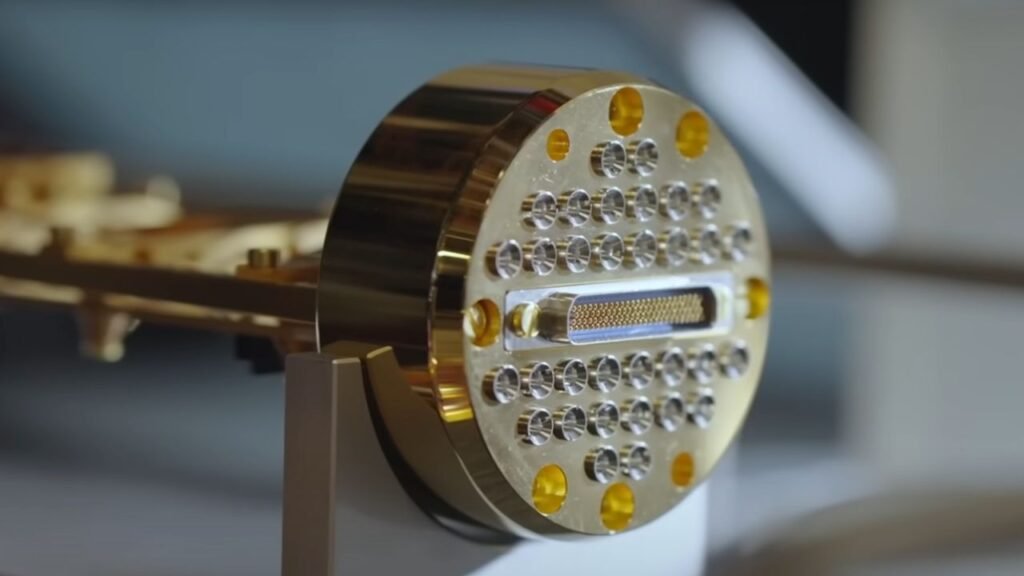
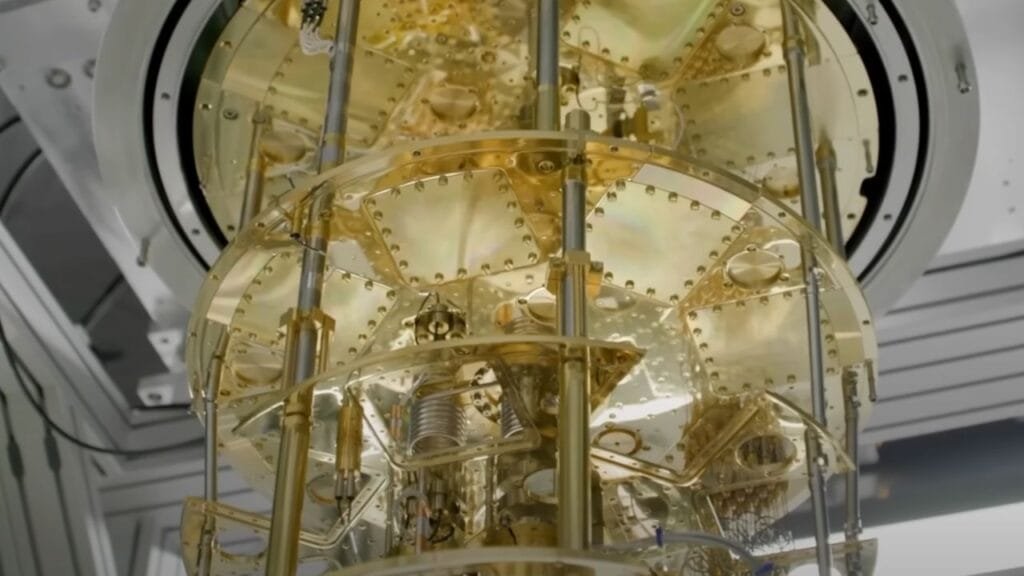
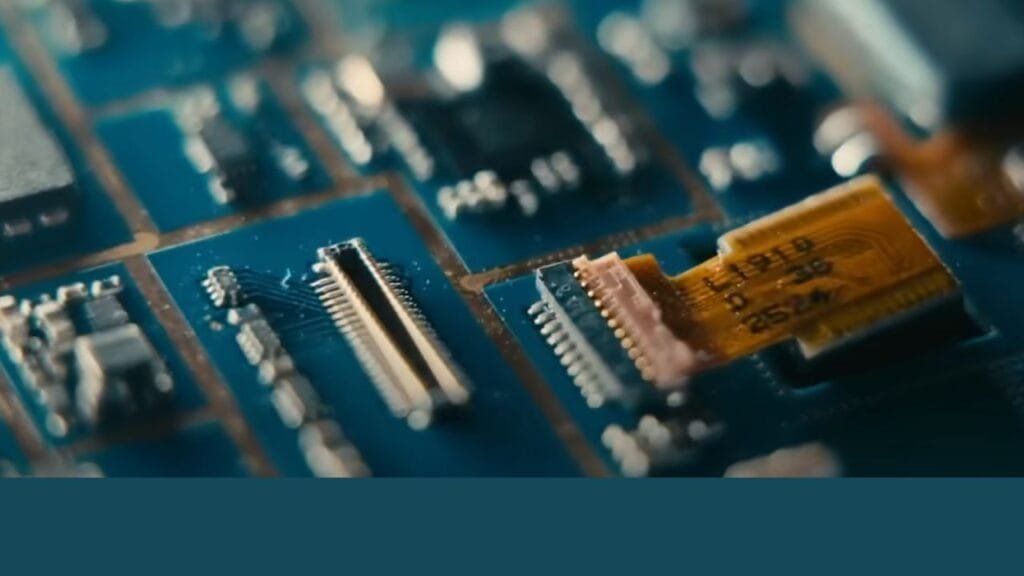
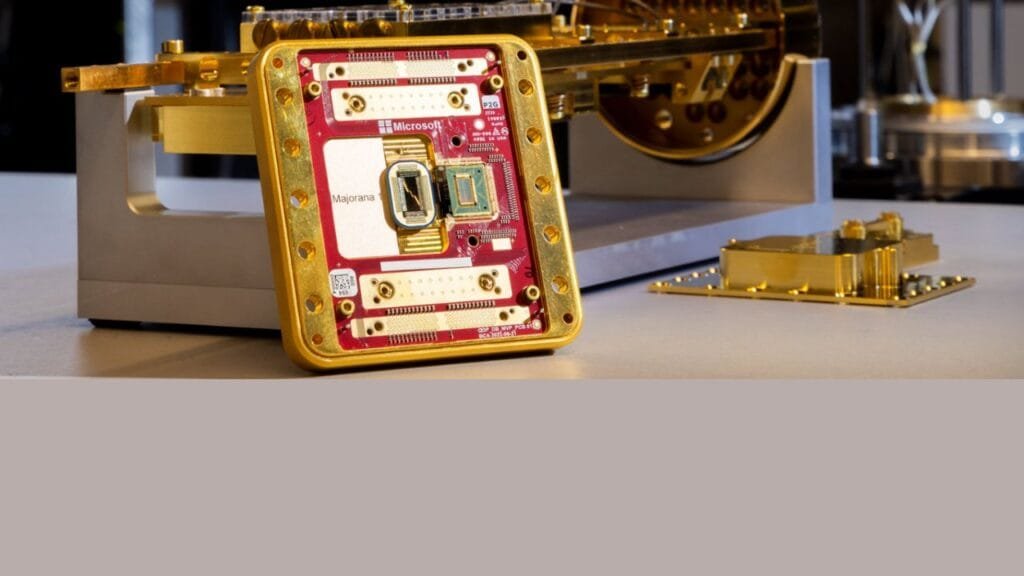
The Science Behind Majorana Fermions
Majorana fermions are unique quantum entities that act as their own antiparticles, offering inherent stability compared to traditional qubits. Unlike electrons, which can be easily disturbed by environmental noise, Majorana fermions exist in a protected quantum state, encoded in pairs separated by semiconductor nanowires. This “non-local” storage of information drastically reduces decoherence, a common issue where qubits lose their quantum state. Microsoft’s achievement lies in creating a controlled environment—combining ultra-pure materials and near-absolute-zero temperatures—to stabilize these particles, a feat once deemed decades away.
Collaborative Breakthroughs
The Majorana 1 is the culmination of a decade-long collaboration with institutions like TU Delft and the University of Copenhagen. Researchers utilized advanced cryogenic systems and hybrid semiconductor-superconductor materials to isolate Majorana fermions. Intel’s expertise in silicon fabrication played a critical role in miniaturizing components, enabling the chip’s compact design.
Majorana 1: Technical Specifications
- Qubit Type: Topological (Majorana-based)
- Qubit Count: 10 logical qubits (equivalent to ~100 physical qubits via error correction)
- Error Rate: 0.001% per operation, a 100x improvement over superconducting qubits
- Operating Temp: 0.01 Kelvin (-273.14°C), colder than deep space
- Material Stack: Indium antimonide nanowires coupled with aluminum superconductors
- Size: 10mm x 10mm, integrated with classical control circuits
Advantages Over Competing Qubit Technologies
Traditional quantum systems, like Google’s Sycamore (superconducting qubits) or IonQ’s trapped ions, require extensive error correction due to fragility. Topological qubits, however, are robust by design. Imagine a knot that retains its form even when shaken—Majorana fermions’ stability allows fewer qubits to perform complex calculations, reducing hardware overhead. This efficiency could enable quantum advantage (surpassing classical computers) for tasks like drug discovery or climate modeling within years, not decades.
Industry Implications
- Scalability: Microsoft’s modular architecture allows qubit arrays to be scaled horizontally, sidestepping the “wiring bottleneck” of 2D chips.
- Azure Quantum Integration: Businesses could soon access Majorana-powered workflows via the cloud, democratizing quantum for sectors like finance (portfolio optimization) and logistics (supply chain AI).
- Cryptography & Security: Quantum-resistant encryption becomes urgent, as Majorana 1’s potential to break RSA encryption could redefine data security.
- Scientific Research: Partnerships with CERN and MIT aim to simulate quantum materials, accelerating breakthroughs in superconductivity and energy storage.
Challenges Ahead
Despite progress, hurdles remain. Maintaining qubit coherence at scale requires advancements in cryogenics, while manufacturing defect-free nanowires demands precision beyond current industry standards. Competition is fierce: IBM’s 1,121-qubit Condor and China’s photonic quantum computer highlight the global sprint. Moreover, translating lab success into commercial viability may take until 2030, per analysts.
Future Outlook
Microsoft’s roadmap includes a 100-logical-qubit system by 2026, targeting solutions for carbon capture and personalized medicine. The integration of AI-driven error correction and hybrid quantum-classical algorithms could unlock unprecedented capabilities. As Dr. Chetan Nayya, Microsoft’s Quantum Lead, states, “Majorana 1 isn’t just a chip—it’s the foundation for a post-von Neumann computing era.”
Conclusion
The Majorana 1 heralds a paradigm shift, transforming quantum computing from a fragile experiment into a resilient tool. While challenges persist, Microsoft’s fusion of physics and engineering brings us closer to solving humanity’s grand challenges. As the quantum winter thaws, the Majorana 1 stands as a beacon of innovation, promising a future where the impossible becomes programmable.
—By harnessing the elusive Majorana fermion, Microsoft not only redefines quantum computing but also ignites a new chapter in technological evolution.
